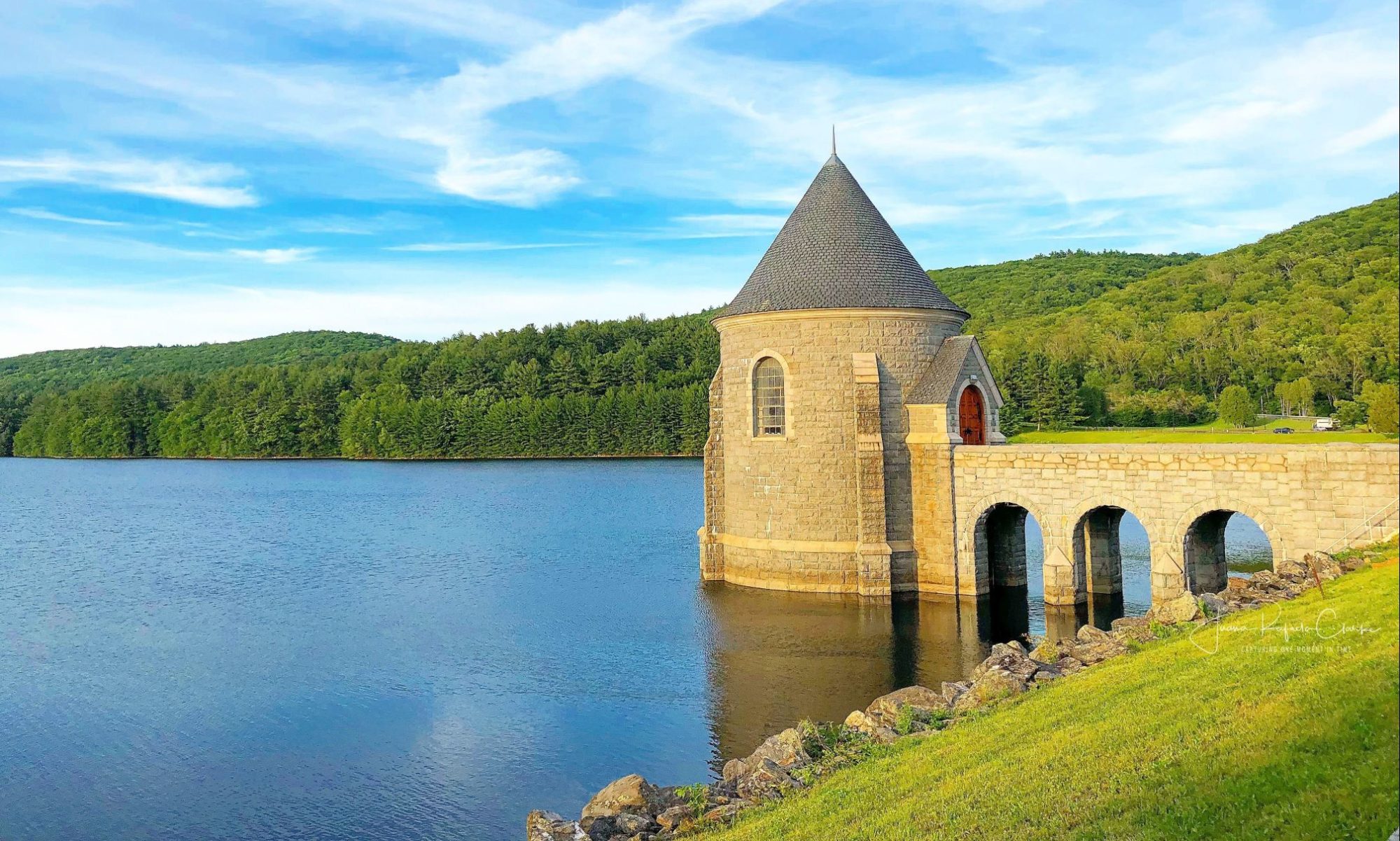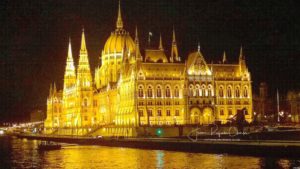The Hungarian Parliament Building, Buadpest, Hungary:
The Hungarian Parliament Building, also known as the Parliament of Budapest, is the seat of the National Assembly of Hungary, one of Europe’s oldest legislative buildings. Budapest became a single city with the unification of Buda and Óbuda on the west bank, with Pest on the east bank of the river on November 17, 1873 and in 1880 the Diet (legislative institution) decided to build a new Parliament Building, to show sovereignty and unity of the nation. Imre Steindl won an international competition and construction started in 1885. The building was inaugurated on the 1000th anniversary of the country in 1896, and completed in 1904. (The architect went blind before its completion).
It is currently the largest building in Hungary and still the tallest building in Budapest. The Building is designed in the Gothic Revival style; it has a symmetrical façade and a central dome in the style of Renaissance Revival architecture. The building is also symmetrical on the inside and has two identical parliament halls, one of which is used for the politics, and the other one is used for guided tours. About 100,000 people were involved in construction, during which 40 million bricks, half a million precious stones and 40 kilograms of gold were used.
Since World War II the legislature became unicameral (is the practice of having one legislative chamber) and today the government uses only a small portion of the building. During the communist regime a red star perched on the top of the dome, but was removed in 1990. Hungary became a Republic on October 23, 1989.

Capturing one moment in time
